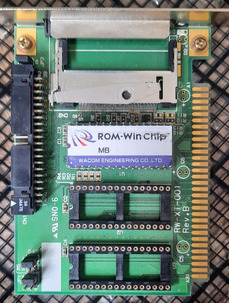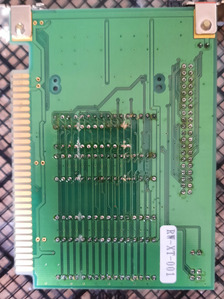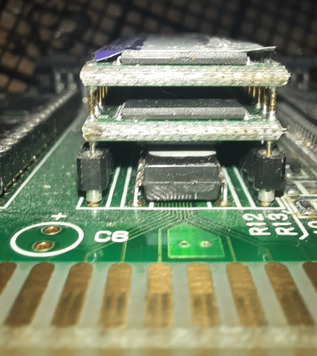That, (your RW-XT-001), is basically an IDE hardcard, but with a compact flash module baked on instead.
CompactFlash is designed to be electrically identical to IDE.
That makes it more useful than a paged ramdisk, like this is, as it can work with any OS that knows how to communicate with an IDE controller. (In your case, NT4.0)
A poor-man's version can be made with a 90deg header and a CF->IDE adapter slapped onto any period 8bit IDE controller. (Or by putting a Disk-On-Module [DOM] directly on the IDE port of said card.)
ROMDOS cards are different beasts. They are memory-mapped IO devices with the equivalent of a bootable option rom, like a pxe bios, or like the bios in an xt-ide uses. This rom takes over boot, inserts its hook into the int13h vector so dos disk access requests get handled there, and then likely uses 'write on rom' style banking to intercept a message bound for the card, to drive its latching chips. A chunk of the memory addressed option rom is used as the IO 'window' through which data io operations are trapped by the latching chips. This causes this portion of address to get moved around to parts of the ROM present, based on some control method. (Could be 'write a magic word to an io port number, could be 'write on rom' paging.)
The romdump of the option rom (which contains the ident string) contains a homogenous block of data, which looks like the area where such writes would be directed.
Since it is ALSO a RAMDISK, it's likely that some portion of the landing area are treated differently than others.
It's more trouble than I want to go through, but it is likely possible to reverse-derive the method of operation just by tracing out the latch circuitry and SRAM/ROMs attached, and where the board's IO traces go.


